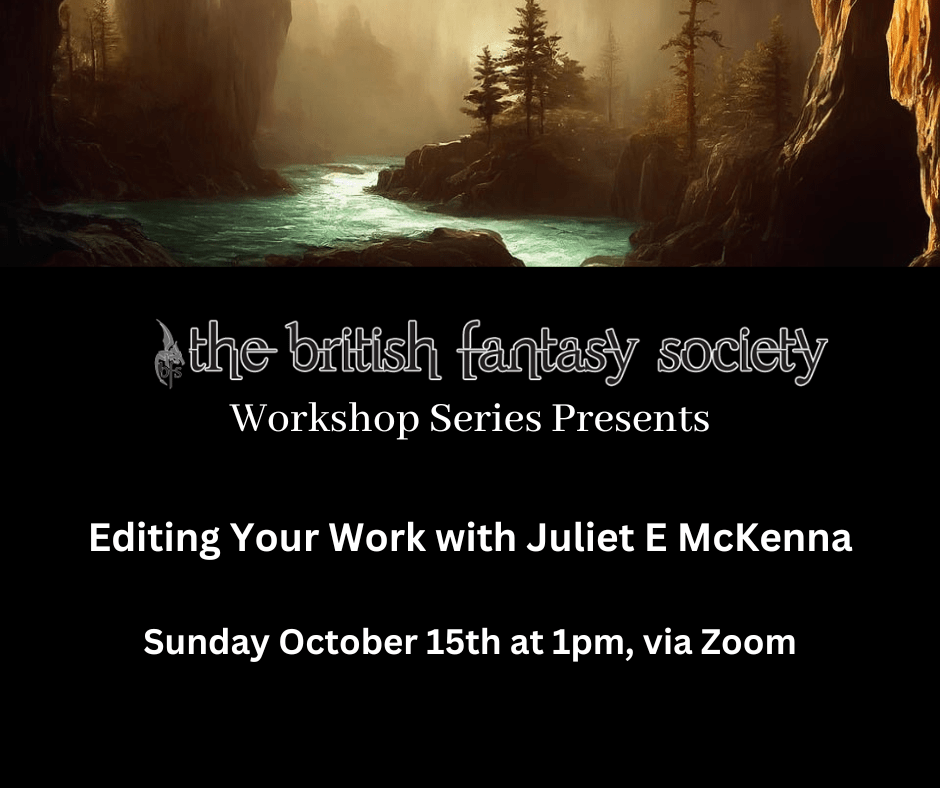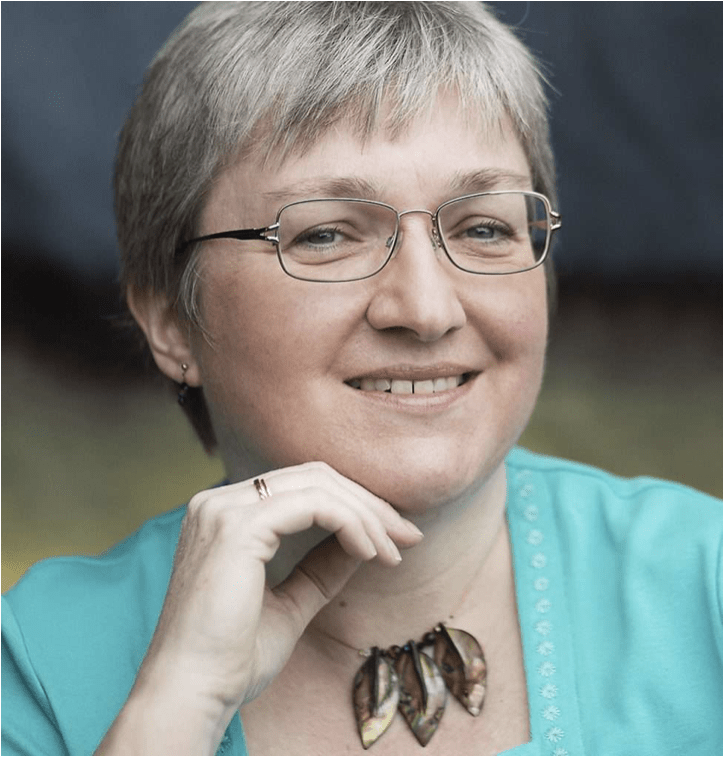
You’ve got a first draft – now what? An editor says they like your novel, and can you cut it by 25%? Where do you even start?? Ahead of presenting a workshop for the BFS on revising your own work, fantasy author Juliet E McKenna has a thing or two to say about being ruthless with that red pencil…
When you’re looking for a publishing contract, you must offer an agent or editor the very best book you can. That hasn’t changed in the twenty-five-years-plus since my first novel was accepted. What has changed is the time an editor has available for in-depth work on a manuscript. A lot of editorial development and revision is done by literary agents these days, but they’re busier than ever too. Bluntly, the less work your manuscript needs, structurally and line by line, the better your chances.
Structural editing is looking at the big picture. Every piece of writing will be improved by fresh eyes. Readers who are not you pick up things you’re too close to see. This is when you consider other opinions on the progression and pace of your plot. How well developed are your characters? Have you cunningly foreshadowed a surprise – or given away a crucial clue too early? I could go on, but you get the idea. There are various ways to get this sort of help: beta readers, writing groups, critique workshops on the Milford model.
The next step is line editing and it isn’t a step to skip, even though it’s much harder to find the feedback you need. This final polish turns a promising draft into the far better final version that your story could be. The better your line editing, the better your chances of publication.
A first draft is almost always over-written. That’s not a problem, because the only thing a first draft has to do is exist. This has been said by Neil Gaiman and Stephen King, and whoever they might be quoting, it’s received wisdom because it’s true. Terry Pratchett used to refer to the first version of a story as the zeroth draft. It’s been described as filling the sandbox, so you can go on to build the castles and shape the landscape. I’ve heard it called telling yourself the story first.
That resonates with me, because I see that happen time and again in my first drafts. Getting ideas out of my head and onto the page means I write down every step and detail. I often “tell†and then “showâ€. Either approach might be the right choice, but I need to pick one! All those descriptions? Readers aren’t stupid. If I draw the lines, their imagination can do the colouring in. So often I can cut detail right back without losing what I need a paragraph or a page to do for the narrative.
First drafts will also be underwritten. Ideas that develop through the process of writing a novel are frequently insubstantial when they first appear. For some writers, their entire first draft will be sparse and superficial. I’ve heard those writers describe their process as starting with the skeleton. Their next draft puts meat on those bones. Drafts after that add skin, clothing, jewellery, tattoos, whatever they see is required. They’re coming from the opposite direction to me, but we arrive at the same place: checking each and every line for the essential words that work best.
I am fortunate to have got my start in 1997 when in-house desk editors had time to go into the detail of line by line revisions with authors. These days, unless you choose to pay a freelance professional editor, this will come down to you and your keyboard. The good news is, as with so much about writing, this is a craft skill and it can be learned. In this workshop I’ll share ‘before’ and ‘after’ drafts of a piece I wrote, and explain the changes I made. While no two writers work in the same way, these practical examples will highlight the underlying principles of being your own, first, and most ruthless editor.


